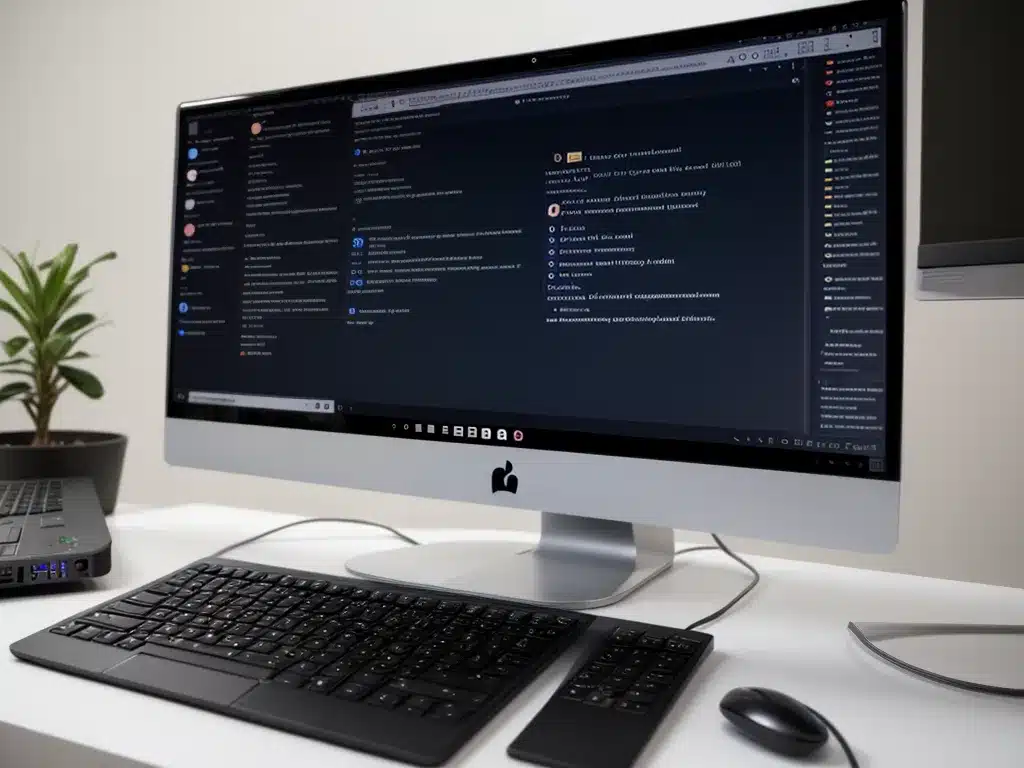
Introduction
For over 2 decades, Linux enthusiasts have proclaimed that the “Year of the Linux Desktop” is coming. Yet Windows and macOS continue to dominate the desktop operating system market. As we approach 2024, there are signs that the Linux desktop may finally be gaining mainstream traction. In this article, I’ll examine the key factors that could make 2024 the year of the Linux desktop.
The Maturing Linux Desktop Ecosystem
The Linux desktop ecosystem has matured significantly over the past decade. User-friendly distributions like Ubuntu, Linux Mint, and elementary OS provide a polished out-of-the-box experience. Hardware support has also improved, with most consumer laptops and peripherals working seamlessly with Linux.
Key applications like LibreOffice, Firefox, GIMP, and others offer full-featured alternatives to proprietary software. Gaming is perhaps the last major gap, but Steam’s Proton layer allows many Windows games to run on Linux. Cloud gaming services like Stadia work cross-platform too. The pieces are falling into place for Linux to be a viable mainstream desktop OS.
The Rise of Chromebooks
Chromebooks running Google’s Linux-based Chrome OS have seen tremendous growth in the education and consumer markets. While Chrome OS differs from conventional Linux distributions, its success demonstrates that there is demand for desktop Linux. As Chromebooks gain popularity, they are creating a sizable base of Linux-savvy users who could eventually switch to distributions like Ubuntu.
Linux on the Desktop: A Self-Fulfilling Prophecy?
As Linux usage grows, so does commercial interest in the desktop market. When Valve launched Steam for Linux in 2013, they cited rising Linux usage as a driver for their investment. As more software and hardware vendors optimize for Linux, it becomes even more attractive to end users. This self-reinforcing cycle means Linux desktop adoption could snowball once it reaches critical mass.
Frustration with Windows and macOS
While Windows and macOS remain dominant, there is mounting dissatisfaction with both platforms. Windows 11’s stringent hardware requirements have alienated many users. Apple’s increasing walled garden approach has driven some to seek alternatives to macOS. Linux offers an open-source, user-centric, and highly customizable option for those frustrated with the current duopoly. If Windows or macOS stumble, Linux could siphon off defectors.
The Specter of the Linux Smartphone
The epic failure of Ubuntu Touch notwithstanding, some companies still envision Linux as the basis of a smartphone operating system. Purism is shipping the Linux-based Librem 5, and Pine64 recently announced the PinePhone Pro. If a Linux phone gains any meaningful market share, it could significantly boost Linux app development and make the Linux desktop feel like less of an outlier.
Desktop Linux: Perennial Underdog or Sleeping Giant?
While optimism about Linux on the desktop has proven premature many times, the conditions align for 2024 to be a potential breakthrough year. At the very least, Linux will continue making steady inroads, especially among tech enthusiasts. If some catalyst like a Windows misstep accelerates adoption, Linux might finally emerge as a credible threat to the desktop duopoly. Even if the Year of the Linux Desktop doesn’t arrive in 2024, the patience and dedication of open source developers means it’s only a matter of time.












